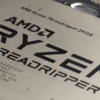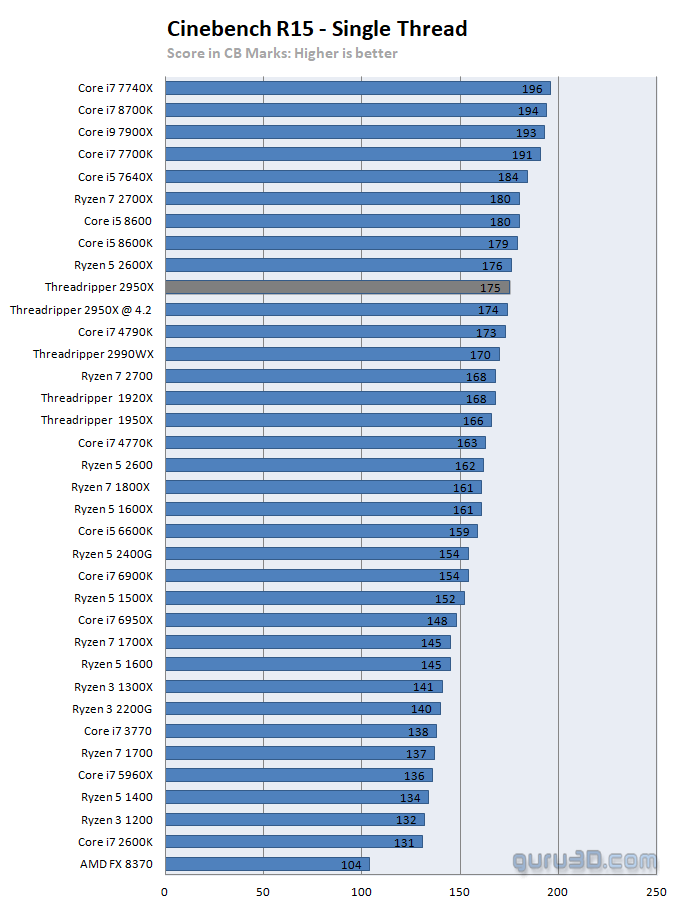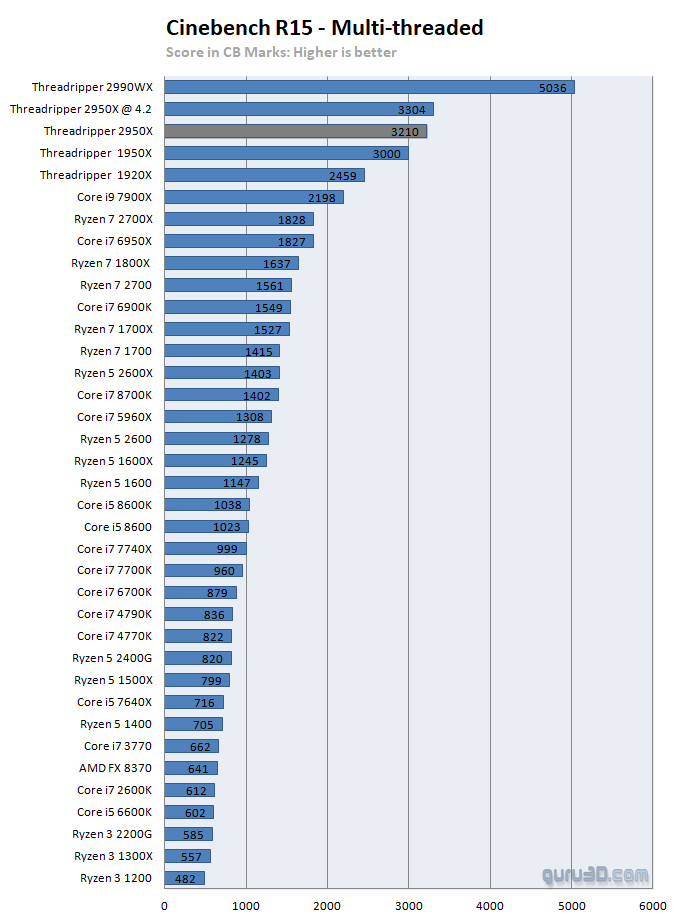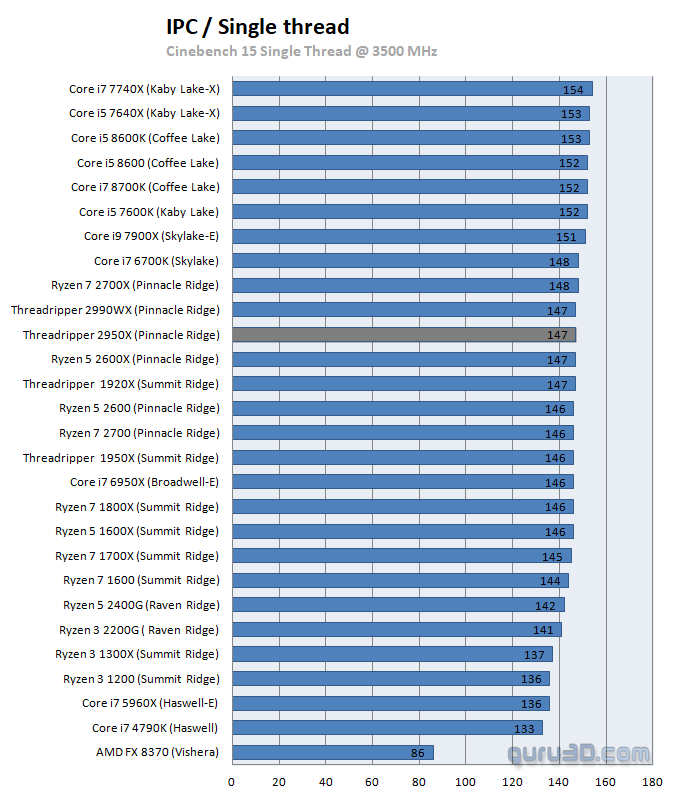Performance - CineBench
Processor performance: CineBench 15
We are slowly transitioning towards CineBench 15 as this newer version has the option to measure single threads. Apart from that, the rendering software R11.5 to R15 and new footage, the new version now supports systems with up to 256 threads. The performance of processors and graphics cards is, as usual, determined on the basis of 3D scenes. A selection of test results allows a rough classification of the benefit of your own system. For the CPU test is a scene with around 280,000 polygons used, while the GPU test based on OpenGL comes with about a million polygons, high-resolution textures and various effects. The results will be issued in final points (CPU) and fps (GPU). According to the developers, the software has been "extensively developed to exploit the performance of new hardware as possible." The results are unsurprisingly not comparable with those from earlier versions. You'll notice we still need to add a number of processors, all in due time. You'll notice the single core perf paints a completely different picture here.
Below, the results in grey show default performance with memory set up in Distributed mode (default). Throughout our charts, the dark grey bar will show processor as tested at default settings. Keep in mind that we disable any out of the ordinary Turbo and software optimization options available in the BIOS. We also overclocked the processor, to 4200 MHz on all cores (yep all 16 of them!).
However, the XFR2 functionality allows boosts towards 4400 MHz on four threads, we cannot reach 4400 on all cores (~4200 MHz) overall in many scenarios the processor at default clocks will be faster, such irony.
For the IPC test we lock all processor cores at 3500 MHz. We disable turbos and things like XFR. That way you can see the architecture performance of the processor clocked at exactly the same frequency. This is a single thread measurement. For many people, this is the holy grail of measurements. I, however, tend to say there's more to it than that, and that would be higher frequency allowances.




